- Destinations
- Travel Styles
- About Us
- Contacts
- Destinations
- Travel Styles
- About Us
December in Asia bursts with vibrant festivals and joyful celebrations that light up the streets. If you're looking for an unforgettable holiday season, this part of the world offers a mix of fireworks, rich traditions, and warm hospitality that will delight all your senses. Wander through sparkling markets, enjoy traditional dishes, and take part in cultural events filled with meaning and connection.
Here are five must-see holidays in Asia to discover during this magical time. They are perfect for creating memories that will last a lifetime.
Christmas in Asia, celebrated on December 24 and 25, has grown far beyond its Christian roots. Across the continent, the holiday blends the magic of Christmas with local cultural traditions, creating festive celebrations shaped by both Asian customs and Western spirit.
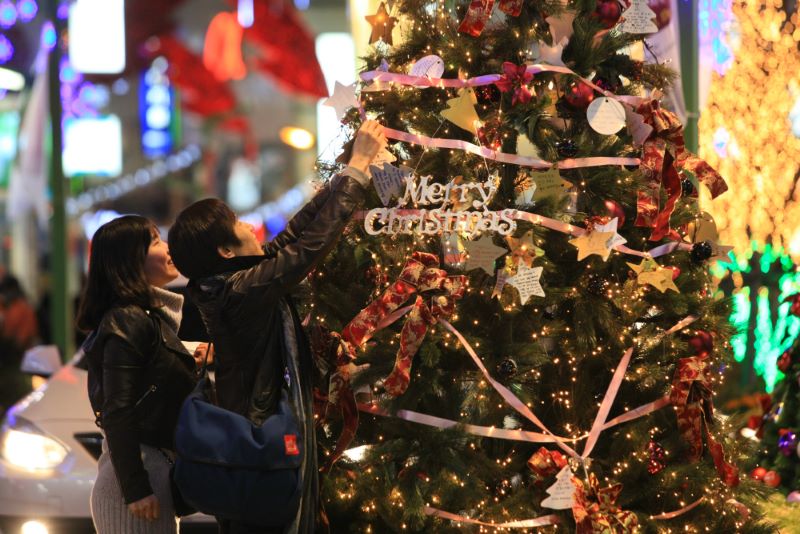
Starting in early December, trees and decorations appear in shopping malls and public squares in major cities like Singapore, Bangkok, and Tokyo. In Japan, Christmas feels more like a second Valentine’s Day—less about religion and more about romance. It’s a time for couples to exchange gifts and enjoy the evening together.
.jpg)
In Vietnam, Christmas has become a joyful and widely celebrated occasion, especially among young people. While its origins are religious, it’s now seen as a time to enjoy, share gifts, and wish each other happiness and good fortune for the new year.
The religious meaning has faded, giving way to a cheerful and inclusive celebration that reflects how international traditions can blend into Vietnamese culture.
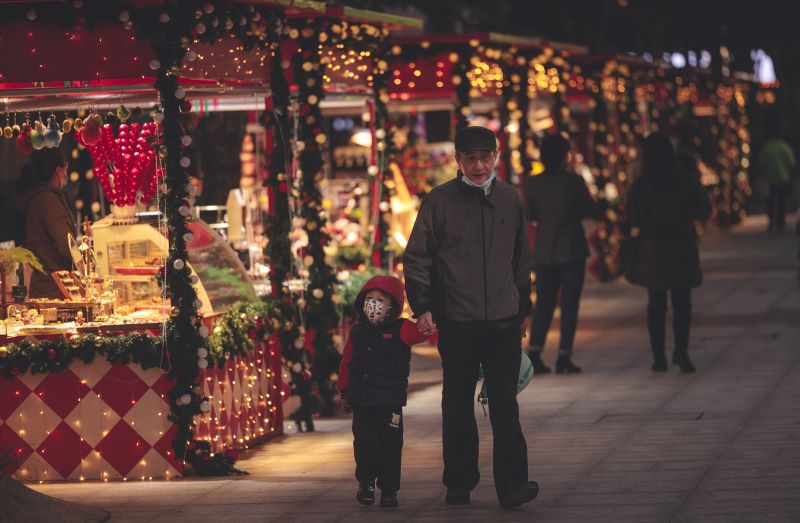
Today, the lights and joy of Christmas shine across many parts of Asia, transcending cultural and religious boundaries.
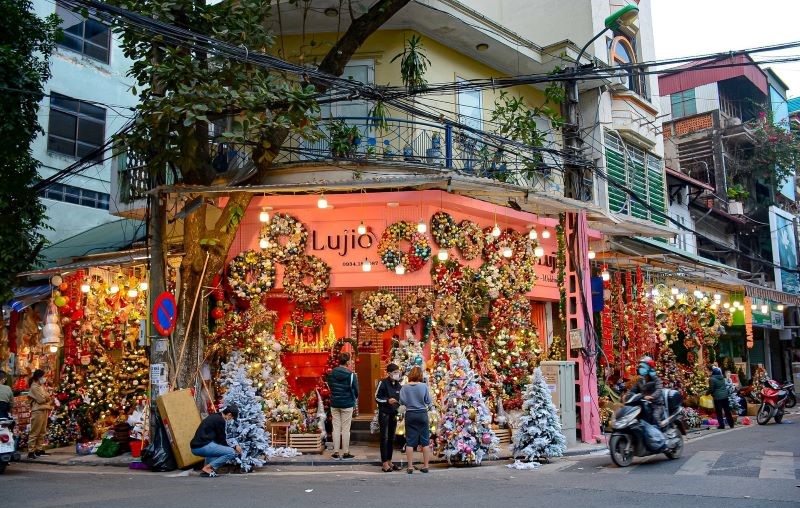
With nearly 30 percent of its population identifying as Christian, South Korea is one of the few countries in East Asia that officially recognizes Christmas as a public holiday. Starting in mid-November, the festive spirit begins to take hold and gradually builds as December unfolds. Streets, shopping malls, and iconic neighborhoods are lit up with fairy lights, eye-catching art installations, and towering Christmas trees that make the entire country sparkle.
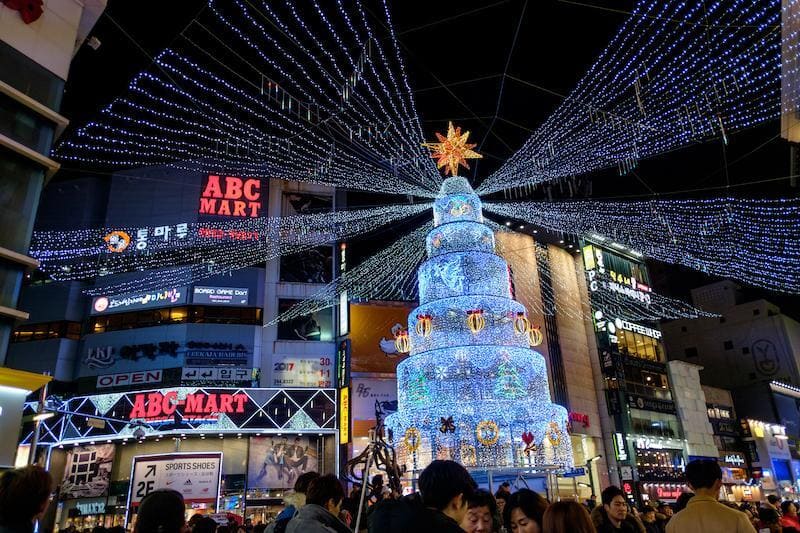
Popular spots like Lotte World, Everland, Times Square in Seoul, and Seoul Plaza transform into enchanting stages filled with light shows, music, and performances that delight both children and adults. In this warm and joyful atmosphere, Koreans exchange gifts, prepare colorful desserts, enjoy festive meals with loved ones, and wander through lively traditional markets.
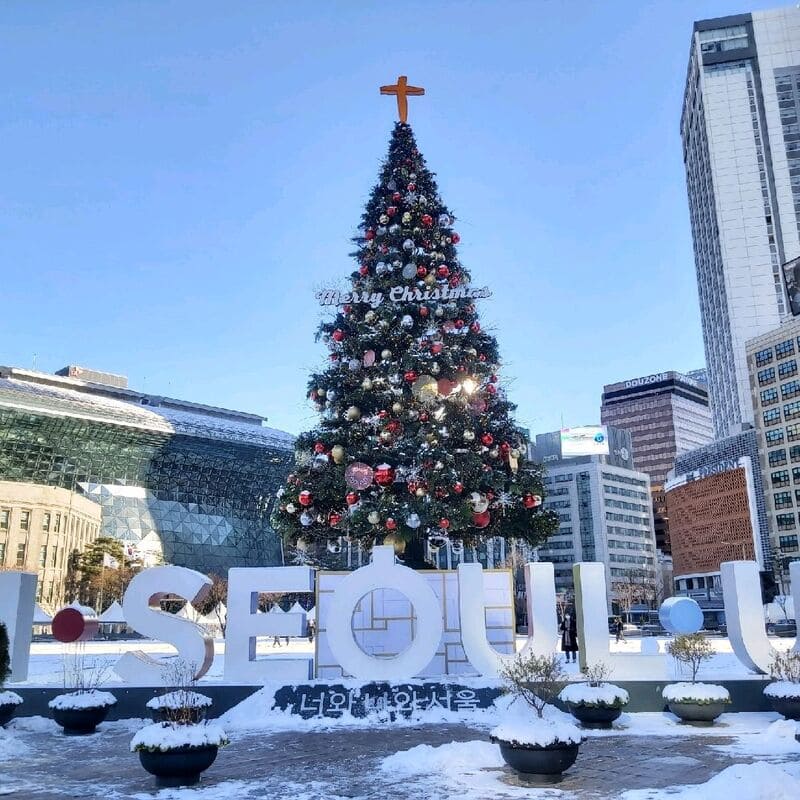
The season also brings a series of winter festivals, from the Festival of Lights at Herb Island in Pocheon and the Big Christmas Tree Festival in Busan to the Trout Festival in Pyeongchang. One of the highlights is the famous Hwacheon Ice Fishing Festival, where visitors can catch trout with their bare hands in a frozen river.
In Hong Kong, Christmas takes on a singular dimension, merging Western traditions and local influences. While the skyscrapers of Victoria Harbour come alive with synchronized light shows every night, shopping malls like Harbour City are transformed into fairytale worlds, adorned with monumental trees and immersive décor.
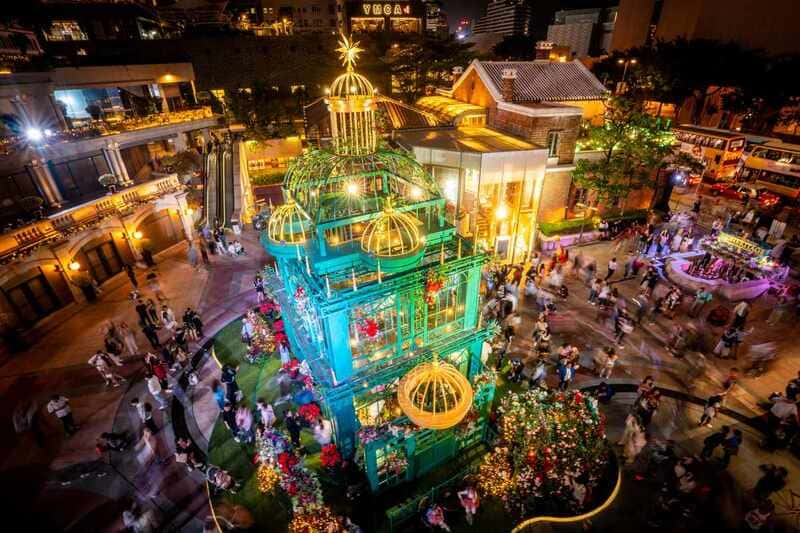
The festivities often coincide with Ta Chiu, a Taoist celebration where peace and good luck are invoked for the coming year. At the table, the classics of Cantonese cuisine are adorned with festive touches: decorated dim sums, revisited sweets and special menus are invited into end-of-year meals.
The Philippines, one of the two predominantly Catholic countries in Asia, begins celebrating Christmas as early as September, making it the longest holiday season in the world. Parols, which are handcrafted star-shaped lanterns that symbolize hope, light up streets and homes throughout the islands. Simbang Gabi, a series of dawn masses held from December 16 to 24, is a beloved tradition that is often followed by community breakfasts with bibingka (rice cakes) and tsokolate (thick hot chocolate).
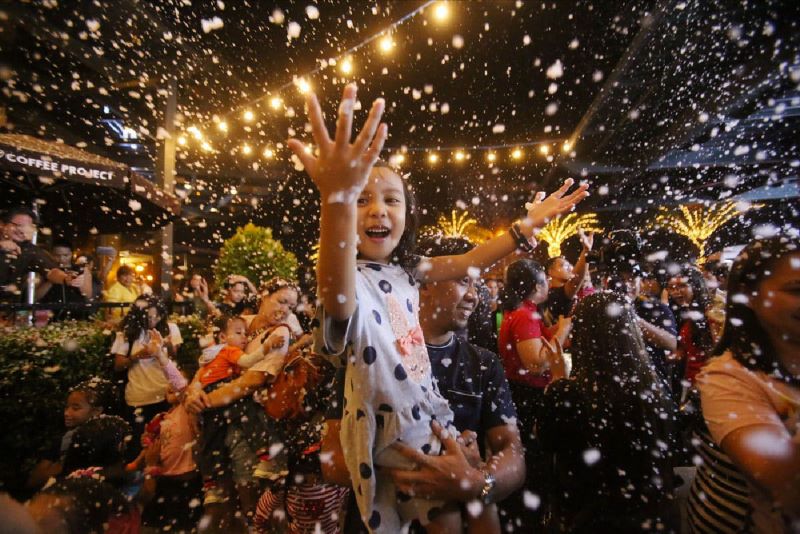
In Manila, the Noel Bazaar, a popular Christmas market, features handmade gifts, decorations, and local goods, often supporting charitable causes. Celebrations extend until the first Sunday of January, with events like the Parol Festival and dazzling fireworks displays in Quezon City and Davao. Christmas feasts bring families together over traditional dishes such as lechon (roast pork) and pansit (stir-fried noodles), reflecting the warmth and spirit of the Filipino community.
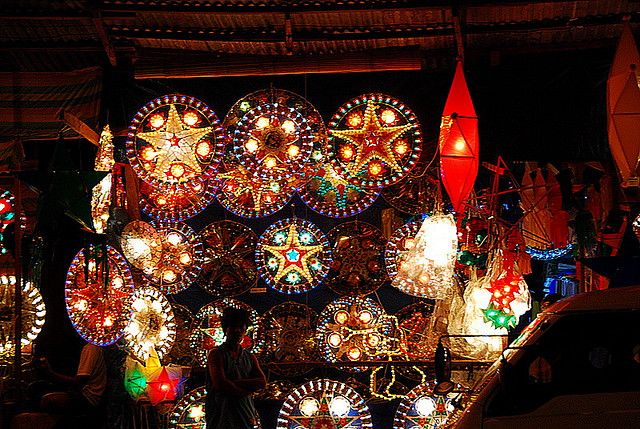
Although Christmas is not a public holiday in Vietnam and only a small portion of the population is Christian, the holiday is still celebrated with enthusiasm, especially in Ho Chi Minh City. Homes are decorated, people gather for festive celebrations, and locals stroll through the city to admire the beautiful lights and displays. In some Catholic neighborhoods, large nativity scenes are set up in front of houses. Young people exchange gifts and holiday cards, and enjoy chocolate yule logs, adding a sweet and festive touch to the season.
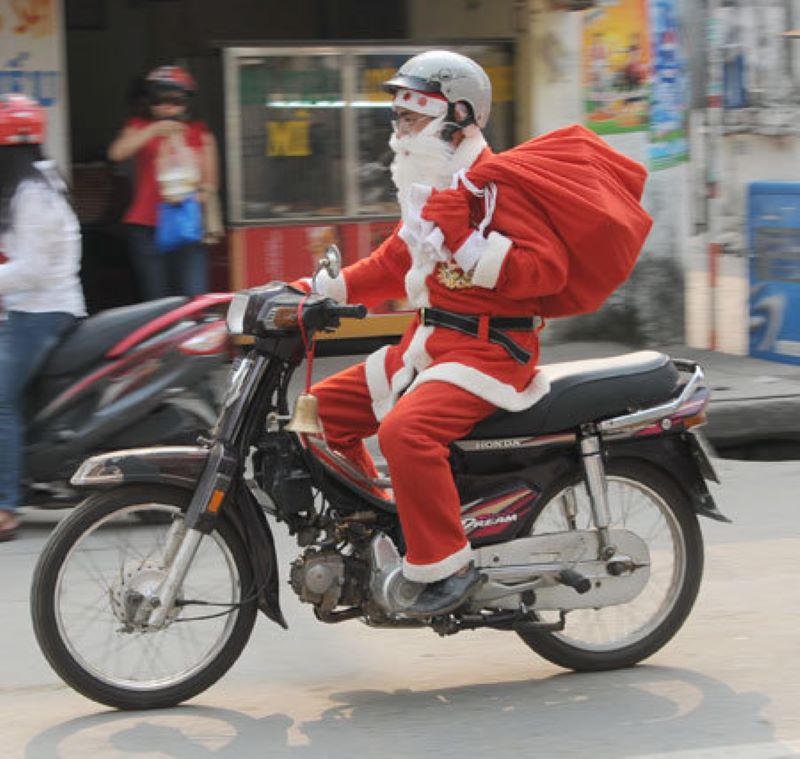
>>> Want to know more? Take a look at how Christmas is celebrated in Vietnam?
While Japan is not a predominantly Christian country, Christmas has become a beloved part of daily life during the holiday season. In December, cities are transformed into magical, fairytale-like landscapes. Giant Christmas trees decorate public squares, streets sparkle with colorful lights, and shop windows are beautifully arranged to create a joyful, festive atmosphere.
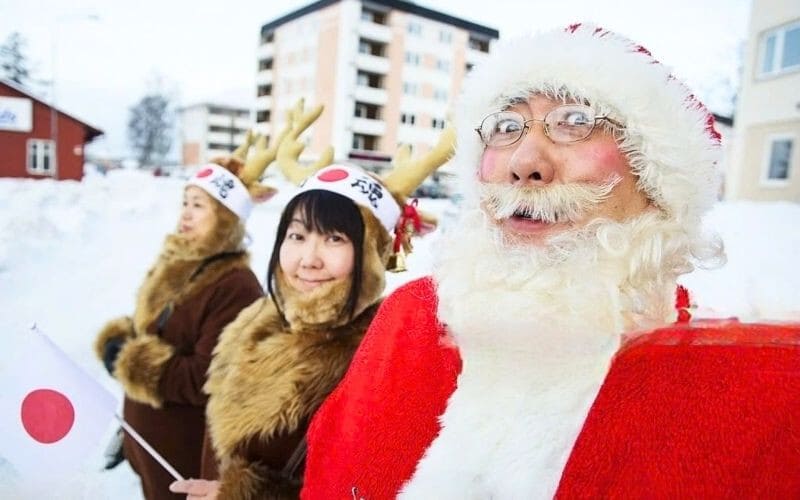
Japan has also developed its own unique Christmas traditions. Instead of listening to Western holiday pop songs, many people enjoy Beethoven’s Ninth Symphony, which is performed in concerts and broadcast on television as the New Year approaches. One of the most surprising customs is the popularity of KFC fried chicken, which has become a classic Christmas Eve meal for many families. To finish the evening, a cream-and-strawberry Christmas cake is often shared with loved ones, making for a warm and cheerful celebration.
This New Year's celebration is unique to the Hmong, one of the largest ethnic groups living in the mountainous regions of northern Southeast Asia. The timing of the event changes each year, as it depends on the rice harvest. Traditional performances and games bring the entire community together, making it a special time for singles from nearby villages to meet and potentially find a future spouse. The festivities are known to last more than six weeks.
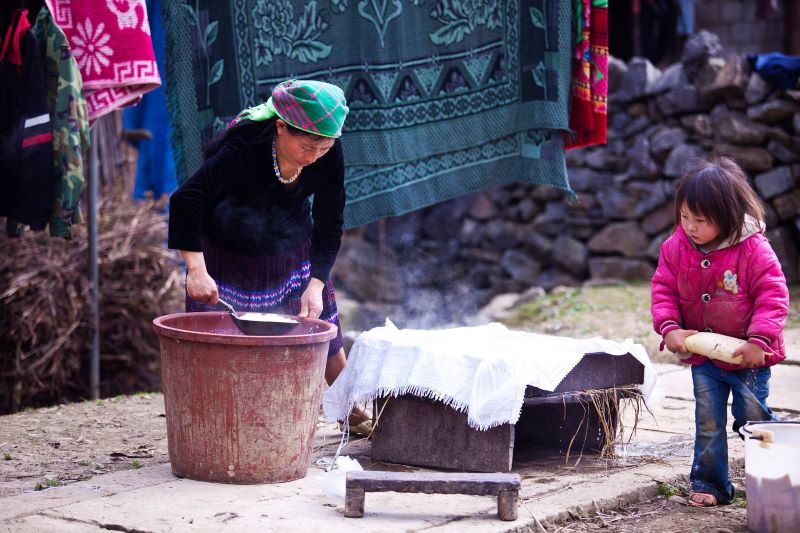
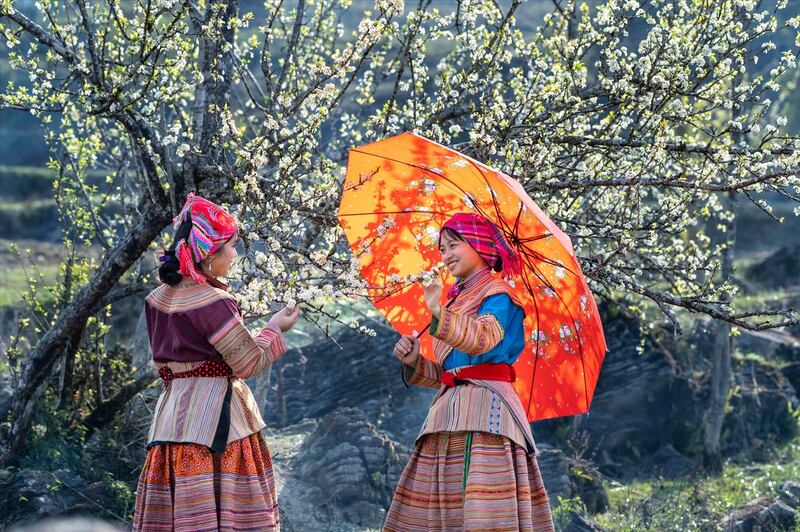
>>> Read more: Hmong New Year: Traditions of Laos and North Vietnam
The Hoi An Lantern Festival takes place on the 14th day of each lunar month, during the full moon. Colorful lanterns are strung throughout the Old Town, creating a magical and peaceful atmosphere. This unique event attracts both Vietnamese locals and international travelers.
During the festival, all electric lights and vehicles in the city are turned off from 6 p.m. to 10 p.m. Visitors can stroll through the lantern-lit streets, watch traditional performances, release paper lanterns on the river, and sample Hoi An’s delicious local dishes.
.jpg)
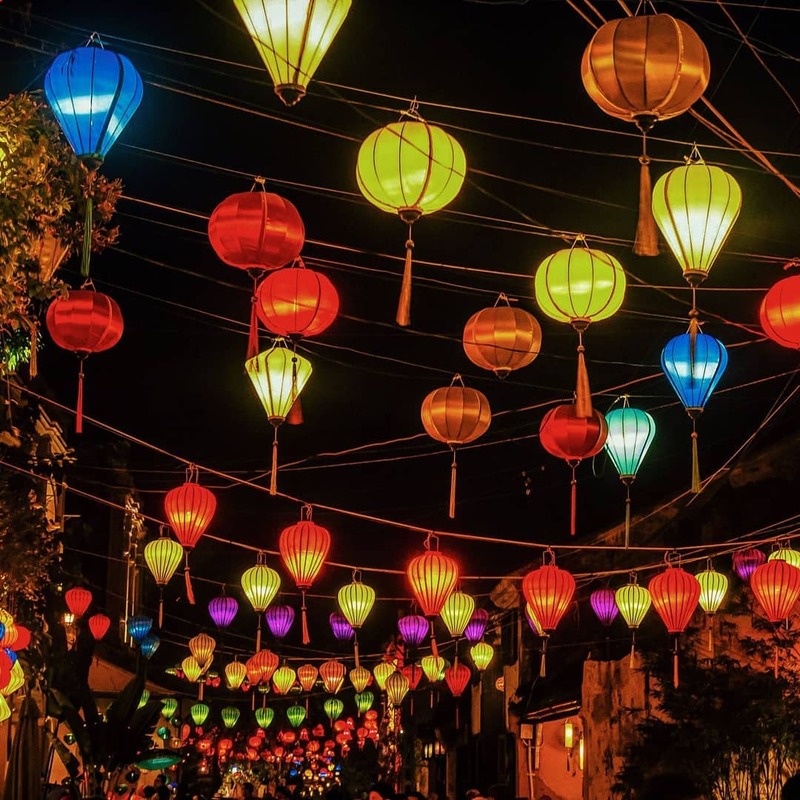
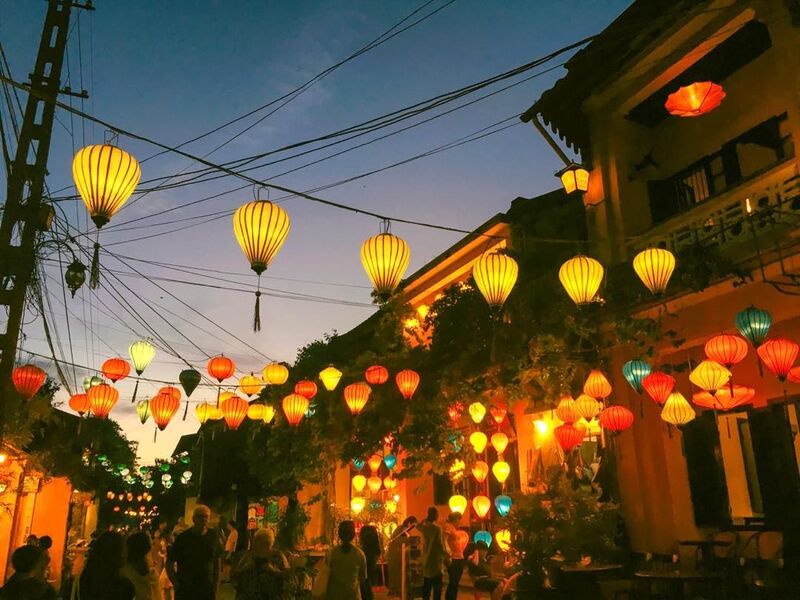
The Japanese New Year, known as Shogatsu, spans from December 31st to January 2nd. While the traditional celebration is based on the Lunar New Year, January 1st has been recognized as the official New Year's Day since 1873. The festival concludes with an address from the emperor on January 2nd, marking the second occasion of the year when the public is allowed to enter the palace.
%20au%20Japon(1).jpg)
%20au%20Japon%202(1).jpg)
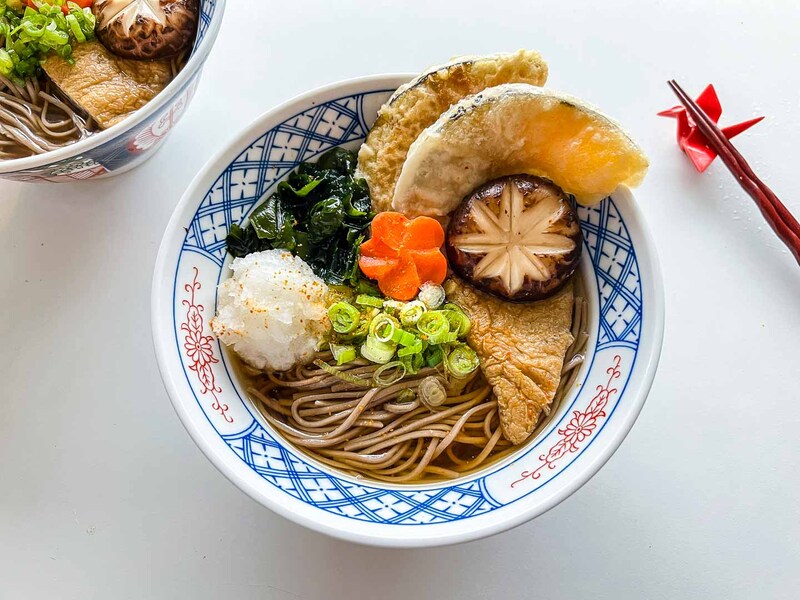
(1).jpg)
The Morning Calm Garden, a breathtaking botanical haven located in South Korea, just a two-hour train ride from Seoul, features over 5,000 plant species against the scenic backdrop of Chungryeongsan Mountain.
From December to March, the Lights Festival magically transforms the 30-hectare garden. Countless sparkling bulbs illuminate the snowy pathways and trees, creating a captivating winter wonderland.
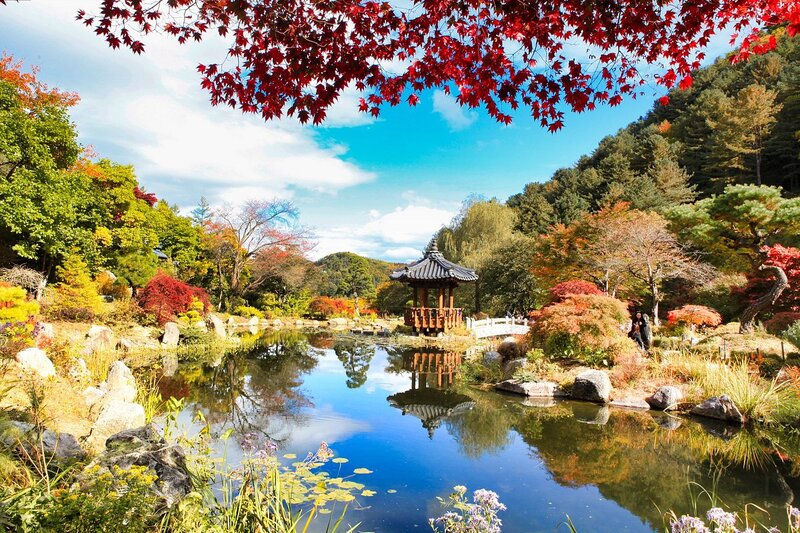
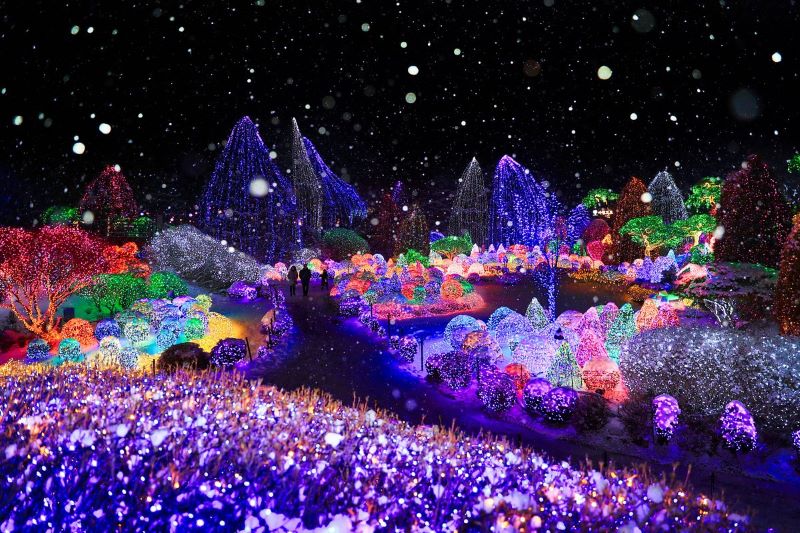
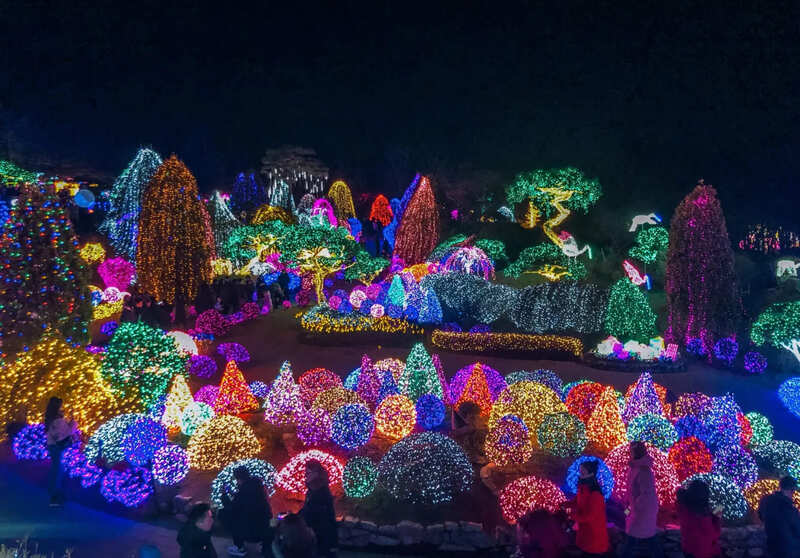
Visitors can stroll under colorful arches leading to different areas of the garden. Shapes of musical instruments and animals are also outlined with light garlands.
The Lights Festival is among the country's most popular winter attractions, offering a delightful outing for the entire family!
>>> Related articles about Southest Asia:
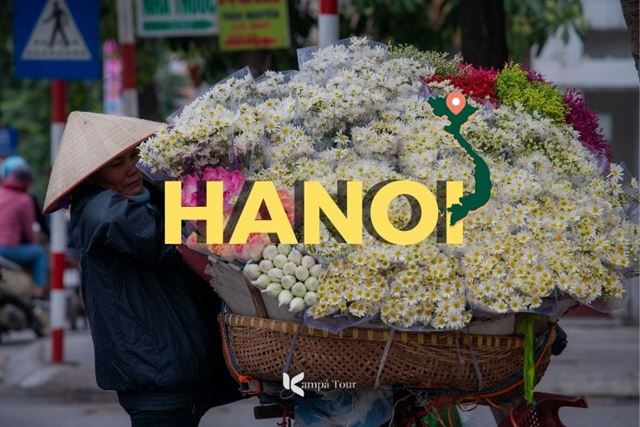
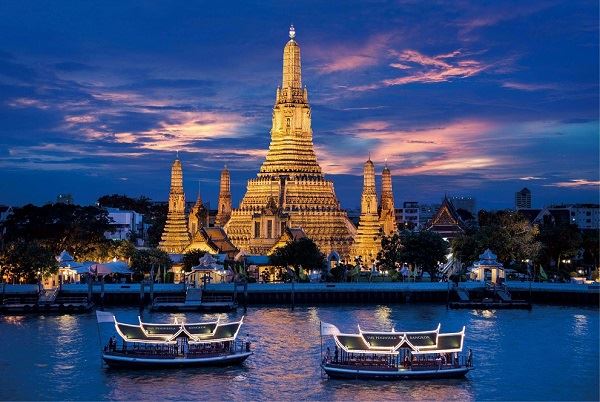
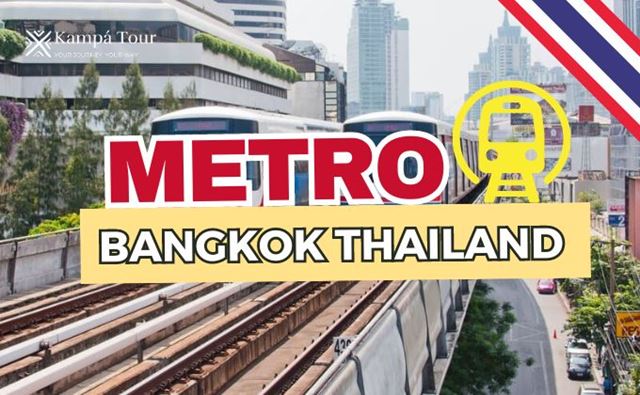
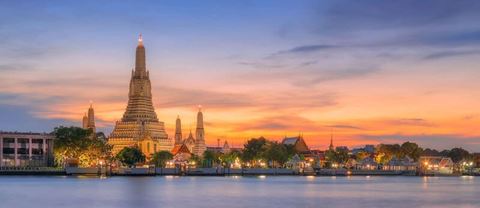 The Essentials
The Essentials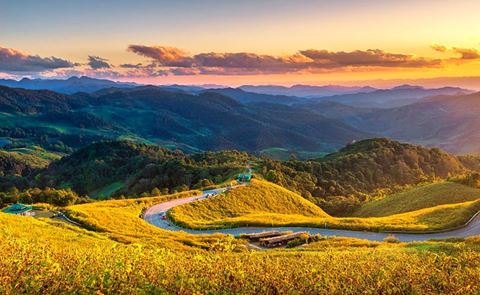 The Essentials
The Essentials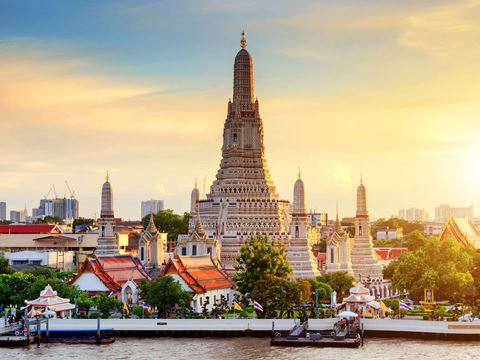 The Essentials
The Essentials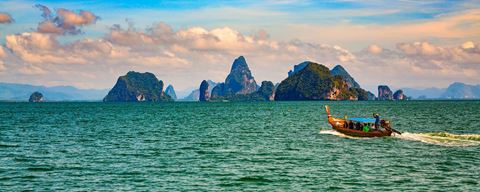 Must-sees
Must-sees